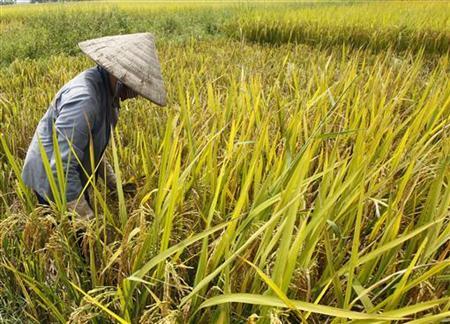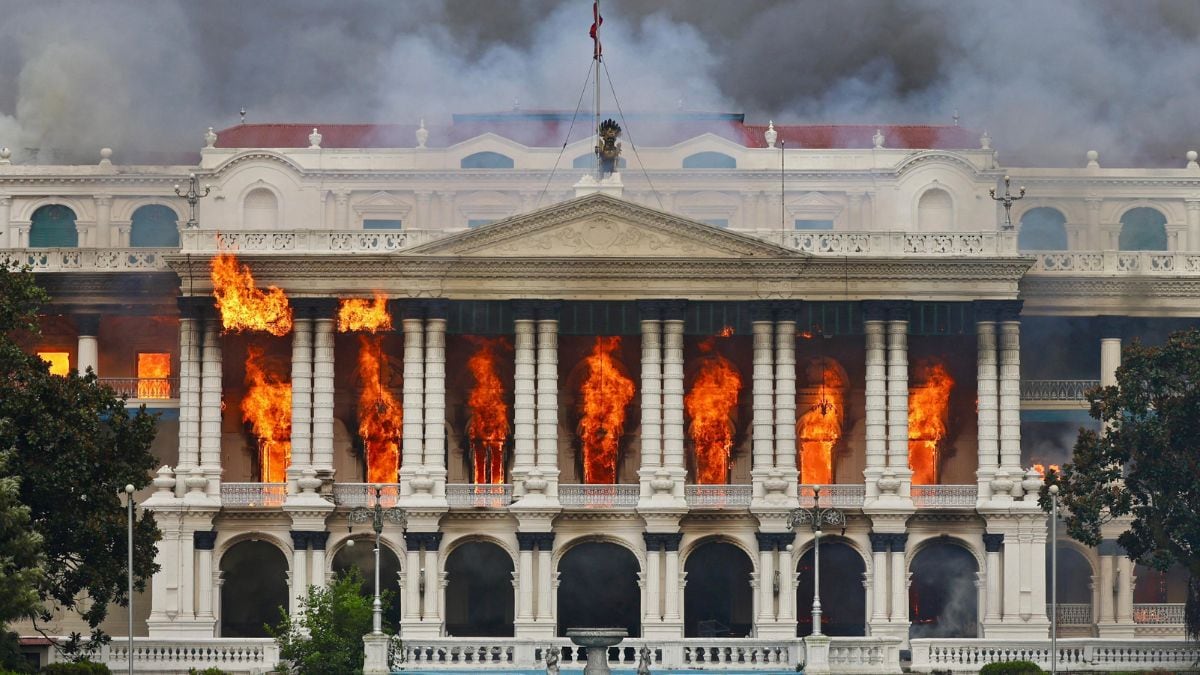OSLO (Reuters) - The amount of land needed to grow crops worldwide is at a peak and an area more than twice the size of France can return to nature by 2060 due to rising yields and slower population growth, a group of experts said on Monday.
The report, conflicting with U.N. studies that say more cropland will be needed in coming decades to avert hunger and price spikes as the world population rises beyond 7 billion, said humanity had reached what it called “Peak Farmland”.
More crops for use as biofuels and a shift towards more meat consumption in emerging economies such as China or India - demanding more cropland to feed livestock - would not offset a fall from the peak driven by improved yields, it calculated.
If correct, the land freed up from crop farming would be some 10 percent of what is currently in use - equivalent to 2.5 times the total area of France, Europe’s biggest country bar Russia, or more than all the arable land now farmed in China.
“We believe that humanity has reached Peak Farmland, and that a large net global restoration of land to nature is ready to begin,” said Jesse Ausubel, director of the Program for the Human Environment at the Rockefeller University in New York.
“Happily, the cause is not exhaustion of arable land, as many had feared, but rather moderation of population and tastes and ingenuity of farmers,” he wrote in a speech about the study he led in the journal Population and Development Review.
Impact Shorts
More ShortsThe report, supplied to Reuters by Ausubel, projected that almost 150 million hectares (370 million acres) could be restored to natural conditions such as forest by 2060. That is also equivalent to 1.5 times the area of Egypt or 10 times Iowa.
It said the global arable land and permanent crop areas rose from 1.37 billion hectares (3.38 billion acres) in 1961 to 1.53 billion (3.78 billion acres) in 2009. It projected a fall to 1.38 billion hectares (3.41 billion acres) in 2060.
LAND SCARCER
A June 2012 report by the U.N.’s Food and Agricultural Organization (FAO), however, said that a extra net 70 million hectares of land worldwide would have to be cultivated in 2050 compared to now: “Land and water resources are now much more stressed than in the past and are becoming scarcer,” it said, referring to factors such as soil degradation and salinisation.
Ausubel’s study admits to making many assumptions - rising crop yields, slowing population growth, a relatively slow rise in the use of crops to produce biofuels, moderate rises in meat consumption - that could all skew the outcome if wrong.
It also does not factor in major disruptions from climate change that U.N. studies say could disrupt farm output with rising temperatures, less predictable rains, more floods, droughts, desertification and heatwaves.
Still, it points out that both China and India have already spared vast tracts of land in recent decades.
In India, for instance, wheat farmers would now be using an extra 65 million hectares - an area the size of France - if yields had stagnated at 1961 levels. China had similarly spared 120 million hectares by the same benchmark.
The authors said that the idea of “Peak Farmland” was borrowed from the phrase “Peak Oil”, the possibility that world use of petroleum is at its maximum.
The study also projected that world corn yields would rise at a rate of 1.7 percent a year until 2060, against a 1.8 percent annual gain from 1983-2011. That would raise world corn yields by 2060 to roughly the current U.S. average, it said.
It said that biofuels were a wild card in calculations. The study concluded that non-food crop production - for instance not just sugar or corn used as fuel but also the likes of cotton and tobacco - was likely to exceed growth in food supply until 2060.
Growth of all crops would outstrip food supply by 0.4 percent a year until 2060, up from 0.24 percent a year from 1961-2010, it projected. That indicated a continued, but not spectacular, rise for biofuels.
Changing diets were also a big uncertainty as the world population headed towards about 10 billion and grappled with simultaneous problems of obesity and malnourishment. But there were some encouraging signs, the report found.
Meat consumption in China was only rising moderately, far below rates of economic growth. “Fortunately for the sparing of cropland,” it said of world trends, “Meat consumption is rising only half as fast as affluence.”
(Reporting By Alister Doyle; Editing by Alastair Macdonald)


)

)
)
)
)
)
)
)
)



